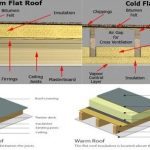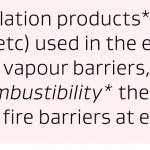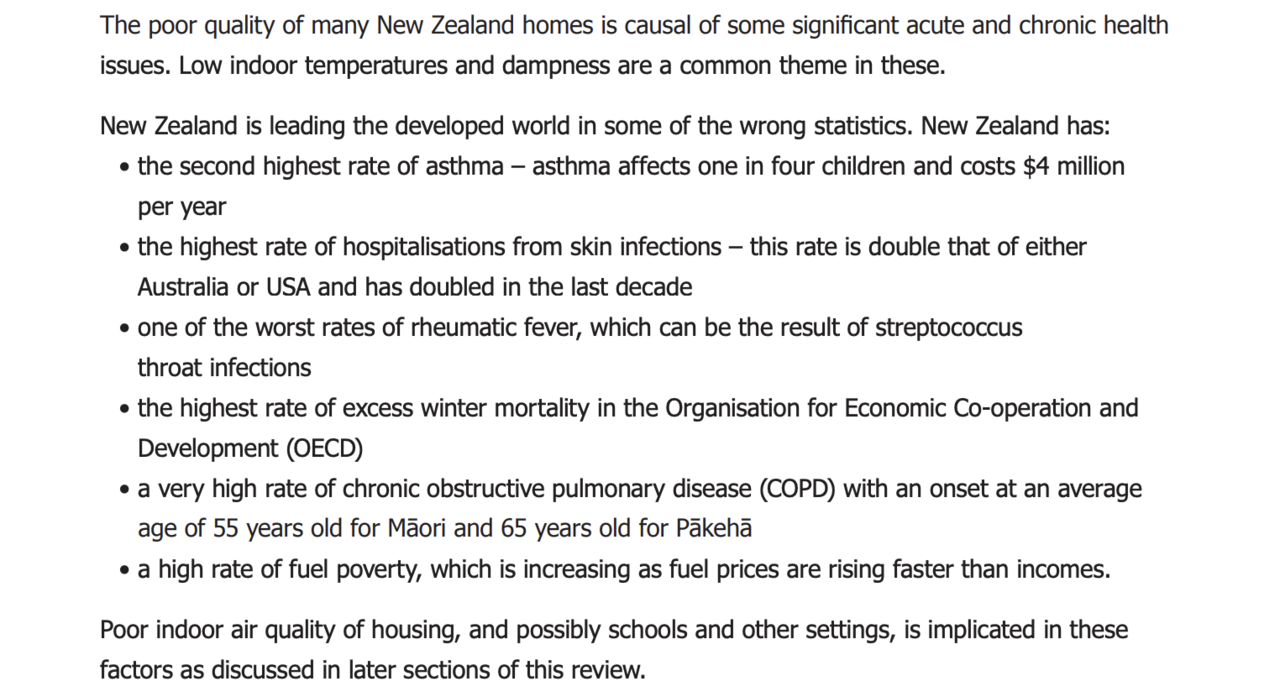Shawn & I had a chat with Hiria Te Rangi regarding https://www.wharehauora.nz/ this week which highlighted the impact of the buildings we live in on our health. As per the pic above NZ has some of the worst health statistics in the world. Much of this relates to the quality of the housing envelope and the lack of protection this envelope gives to the inhabitants.
A few things came out of the chat about some simple and not so simple changes that can be made to improve our indoor air quality:
1. The dew point (the point at which water changes from vapour to liquid or condensates) is ~12 degrees (18C & 70% RH) for many homes in NZ.
2. Mould requires liquid water and substrate (plaster, wood, plastic, earth, dirt, grease etc).
3. Mould growth and condensation are closely related.
4. Intermittent heating, allows condensation to form when cold and then adding heat accelerates fungal growth.
5. “There is no exposure value for mould growth that can be considered safe for health” (UN WHO)
6. Mould growth is related to asthma, bronchial diseases and other significant NZ health issues
7. According to Branz study SR372 visible mould was evident in 50% of all properties investigated. Mould not visible (such as inside external walls) was not assessed. It is highly probable this would increase the number of properties affected over 50%
8. In order to improve these statistics mould growth must be eliminated, and indoor air quality must be improved
9. This is made more challenging in NZ because of the type of houses we live in (large detached, single storey houses with a large area of external envelope exposed to outside air) and how the building code has been interpreted.
What could be done now for all houses
1. Monitor the temperature and humidity in your house (Wharesensors appears to have great potential for this )
2. Keep your house heated to at least 16 degrees C at all times even when the house is empty, this reduces condensation potential and dries the homes during the day.
3. Use a thermostat fixed to an internal wall to manage this. eg: https://www.heatermate.com.au/
4. Ventilate (if you have one (only 50% of houses do) keep your bathroom fan on at all times)
5. Minimise internal moisture (eg don’t dry clothes indoors, vent dryers and boiling water to the exterior)
What needs to happen for all houses in the future?
A long term plan to improve Indoor Air Quality by improving the building envelope and providing heating and ventilation, The proposed legislation does improve some areas but there are omissions: https://www.legislation.govt.nz/regulation/public/2019/0088/latest/whole.html#LMS154197
1. Roof and Floor insulation are required by law now to rental properties. Wall insulation would improve this further (without negatively affecting anyone’s mental health). This is omitted from the healthy homes standards and we have concerns that this will limit the positive impacts of the legislation.
2. Aluminium is a very good conductor of heat. Unfortunately, the majority of our joinery uses it in NZ. Double Glazing in a thermally broken window frame has a large cost/benefit impact to improve the overall performance of walls.
3. The proposed legislation does include a requirement to seal ‘gaps & holes that allow draughts’. In our opinion, this is too vague. Ideally, Air Tightness testing should be mandatory and specific targets implemented.
This is highly simplified and we have done extensive research backed up with building science on the staged improvements that are required for typical buildings in NZ for some of our clients such as HNZC. If this is of interest please contact me.







This is highly simplified and we have done extensive research backed up with building science on the staged improvements that are required for typical buildings in NZ for some of our clients such as HNZC. If this is of interest please contact me.
Hello,
I would be interested to receive the non-simplified version of the research you have done on what would be required to have healthy homes in NZ.
Regards,
Monty
Hi James,
I would be very keen to see your whole report. I have been promoting these changes, however so many people just don’t get it. We need to change the mindsets of the public, the legislators, the Government, HNZC etc.
Proffessor Philppa Howden Chapman has stated poor housing is costing New Zealanders more than $6B per year in poor health, medical care and lost production.
That is something we could all be working towards reducing if we were educated on the subject as the financial cost is only the start of the issue.
The cost benefit ratio is huge.
Regards
Paul